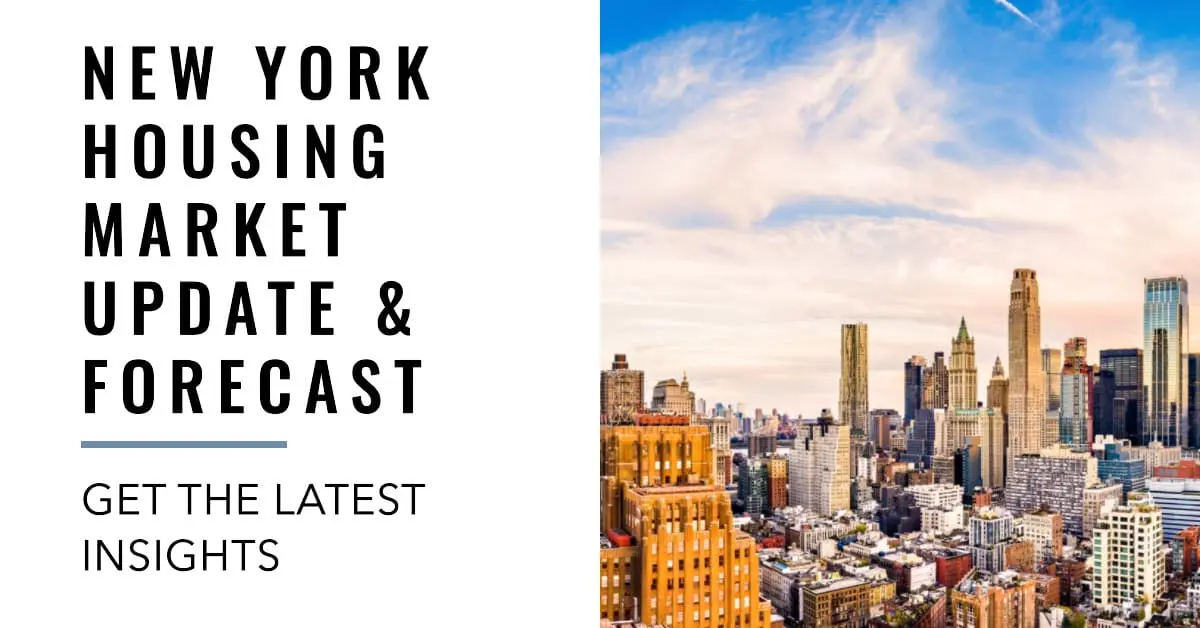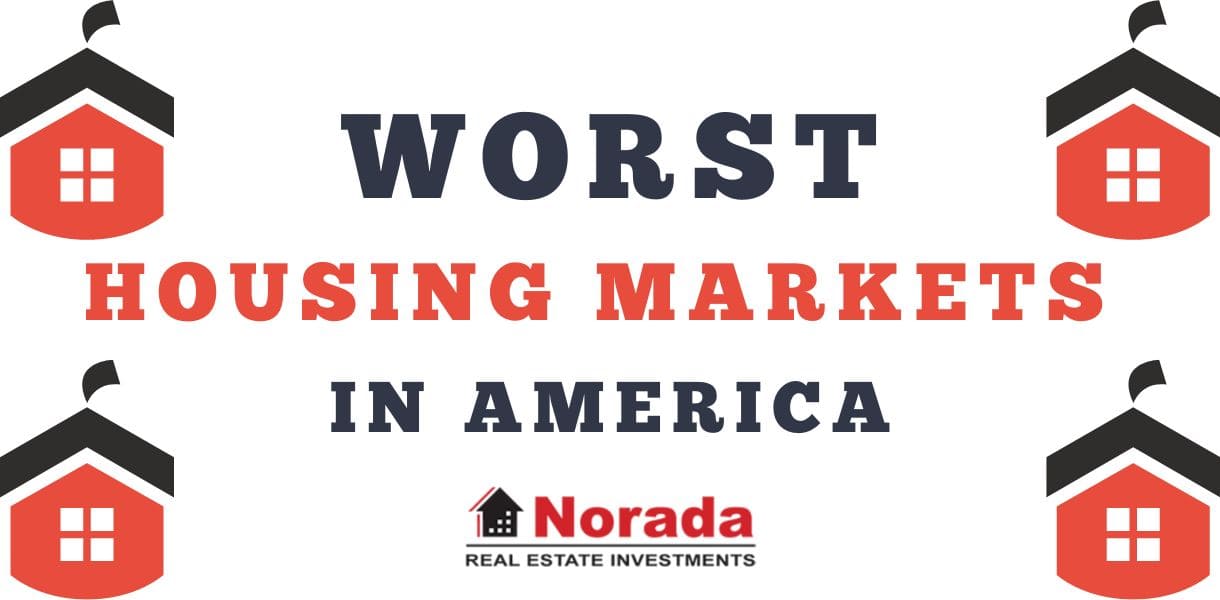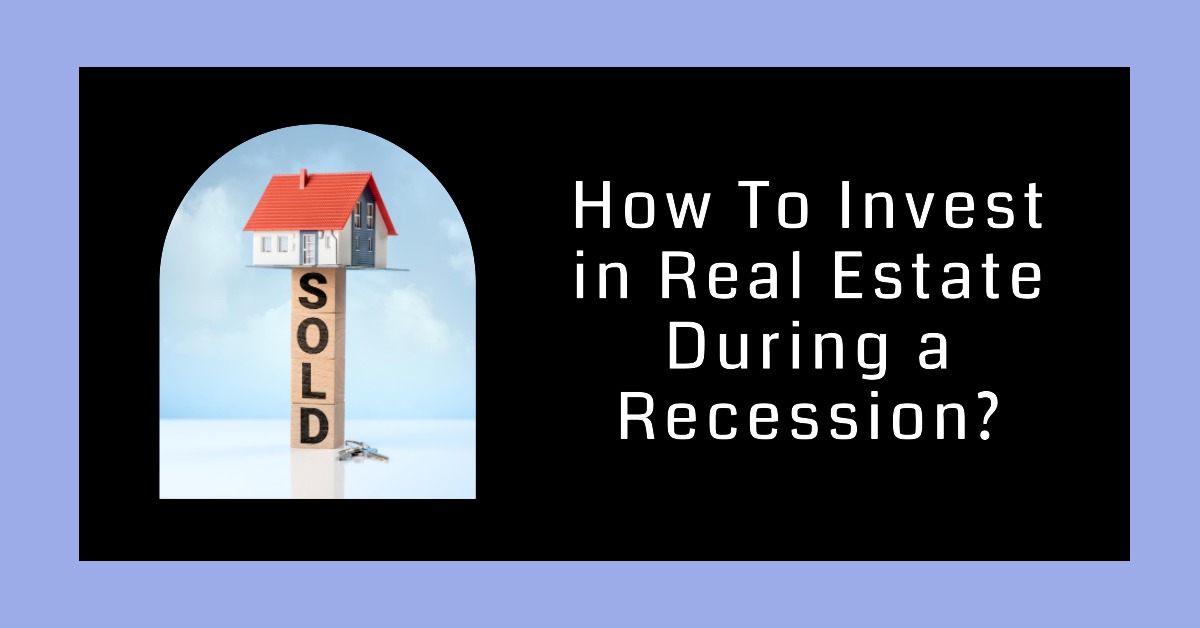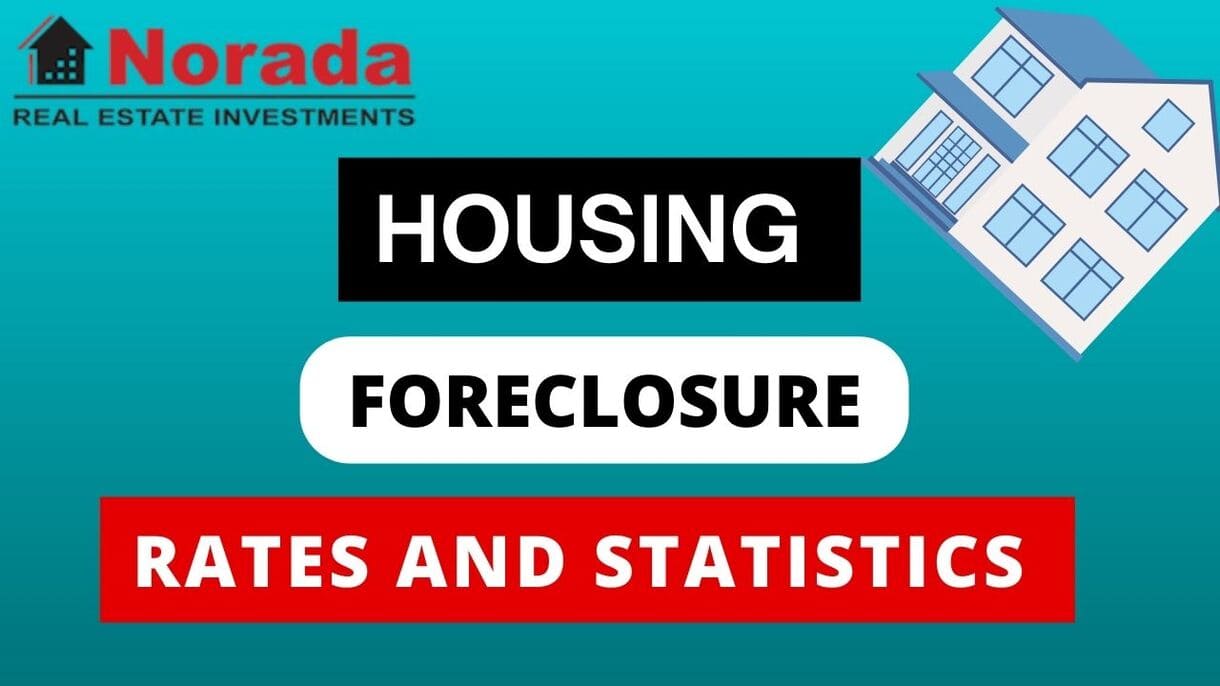The NYC Housing Market in 2025 is shaping up to be a fascinating mix of returning confidence, evolving affordability, and persistent rental pressures. While a definitive prediction is always tricky in a city as dynamic as New York, the trends we're seeing point towards continued activity with some notable shifts. I've been following this market closely, and what strikes me most is how buyers and sellers are finding a new rhythm. Affordability, especially in Manhattan, seems to be improving, and that's a big deal!
It's easy to get lost in the sheer volume of data, but let's break down what's really happening and what it means for anyone looking to buy, sell, or rent in the Big Apple next year. Thinking about the NYC housing market in 2025, I believe we'll see buyers regaining some footing, although the rental market will still be a tough nut to crack for many.
Key Takeaways for NYC Housing Market in 2025
Here's a quick summary of what I'm seeing:
Sales Market:
- Increased Activity: More buyers and sellers are engaging.
- Improving Affordability: Especially in Manhattan, due to lower asking prices and declining mortgage rates.
- Balanced Market: Homes are on the market slightly longer, indicating less frenzy.
- Borough Variations: Brooklyn remains competitive, while Queens shows strong co-op growth.
Rental Market:
- Tight Inventory: Fewer homes available due to high demand and summer season.
- Rising Rents: Citywide median rents are up, with Manhattan seeing the largest increases.
- Select Declines: A few neighborhoods are seeing rents fall as more affordable options emerge.
- Persistent Pressure: Buyers sidelined by sales affordability contribute to rental demand.
Sales Market: A Buyer's Market is Back (Kind Of)
After a period where buyers felt a bit frozen, it seems like there's a renewed enthusiasm for property ownership across the city. This is largely driven by a few key factors:
- Mortgage Rates are Cooling Down: One of the biggest roadblocks for many potential buyers has been the high cost of borrowing money. This August, we saw mortgage rates continuing their decline from earlier in the year. While they're still higher than we saw a few years ago, this downward trend is making a significant difference. For example, the typical monthly mortgage payment for a buyer in Manhattan has fallen 7.4% compared to last year. That's a noticeable bite out of the monthly burden, making those dream apartments seem a little more within reach.
- More Homes are Hitting the Market: Sellers are also starting to feel more comfortable putting their properties up for sale. According to a recent report by StreetEasy, in August, there was a solid 6.7% increase in new listings across NYC. This growing supply is crucial. When there are more homes available, it takes the pressure off buyers and can help prevent bidding wars from getting out of hand.
- Sellers are Getting Realistic: I've noticed that sellers, especially in Manhattan, are becoming more strategic with their pricing. They understand that buyers are more patient now and are looking for value. This has led to a continued decrease in the median asking price in Manhattan, down 5.1% from last year. When you combine these lower prices with those falling mortgage rates, the affordability picture brightens considerably for Manhattan buyers.
What This Means For Buyers: If you've been on the fence, 2025 might be the year to seriously consider making a move. The increased number of listings and slightly more favorable financing terms mean you might have more options and a bit more negotiating power. Don't expect huge discounts everywhere, but a more balanced playing field seems to be emerging.
What This Means For Sellers: If you're thinking of selling, don't wait too long to list your property. While demand is picking up, getting your home on the market while there's still a good amount of buyer interest is key. Being realistic with your asking price, especially if you're in Manhattan, will likely help you find a buyer faster.
Borough Breakdown: Where the Action Is
It's always important to remember that NYC is not one single market; it's a collection of diverse neighborhoods and boroughs, each with its own story.
- Manhattan: Affordability Springs Back: As mentioned, Manhattan is showing real signs of improvement for buyers. The 9.9% increase in homes going under contract points to renewed buyer interest. Downtown and Midtown areas are particularly active. This bodes well for those who have always dreamed of living in the heart of the city but found it too pricey.
- Brooklyn: Still a Seller's Haven: Brooklyn continues to be a really competitive market, but in a good way for sellers. Homes here are selling for close to their asking price, with a median of nearly 99.7% of the last asking price in August. A higher rate of homes selling above asking price (33.5%) compared to the citywide average (19.6%) underscores this point. The median asking price has jumped 7.6% year-over-year to $1.1 million, indicating strong demand is pushing prices up.
- Queens: Co-op Comeback and Growth: Queens is seeing some exciting movement, especially in the co-op market. There was a significant 21.5% jump in new contracts citywide, and Queens led the charge with price gains of 7.5%. Neighborhoods like Jackson Heights are seeing a huge resurgence in co-op sales, nearly tripling their volume from the previous year. This borough offers a great mix of affordability and potential for growth, making it a smart choice for many.
The Rental Market: Still a Tight Squeeze
While the sales market is looking a bit more balanced, the rental market in NYC is still a challenge.
- Inventory is Down: The busy summer rental season led to a shortage of available homes. Citywide rental inventory dropped by 8.8% compared to last year. This lower supply, combined with consistent demand from both renters and potential buyers who are still priced out of the sales market, keeps the pressure on.
- Rents are Still High: This low inventory means that most neighborhoods continued to see higher median asking rents than a year ago. Manhattan, in particular, experienced a significant 9.6% increase in median asking rent, reaching $4,722. Brooklyn and Queens also saw solid rent hikes.
- Where Rents Declined: It's not all bad news on the rental front. Eight neighborhoods across the city did see a decrease in median asking rents. This is often due to more affordable units entering the local markets. Areas like DUMBO and Battery Park City in Brooklyn and Manhattan, surprisingly, saw some of the largest percentage declines. This shows that even in a tight market, pockets of opportunity can exist.
What This Means For Renters: Finding an affordable apartment in NYC in 2025 will likely continue to be a competitive endeavor. Be prepared to act quickly when you see a place you like, and have your finances in order. While rents are generally up, keep an eye on those neighborhoods that are showing declining prices – they might offer a bit of relief.
Looking Beyond the Numbers: My Take
As someone who has been following the real estate world for a while, I see 2025 as a year of recalibration. The frantic pace of a few years ago has calmed, and a more practical sentiment is setting in. The return of sellers and the slight easing of mortgage rates are breathing life back into the sales market without causing a runaway boom.
However, the fundamental issue of housing deficit in NYC remains. Decades of not building enough homes means that even with more listings, we're still playing catch-up. This is why the rental market stays so tight. Until there's a significant surge in new construction, renters will likely continue to face the brunt of the affordability crunch.
I'm particularly optimistic about the mid-priced segments of the market in boroughs like Queens and parts of Brooklyn. These areas offer a more accessible entry point for many buyers, and the growth we're seeing there feels sustainable. On the rental side, I'm watching to see if the trend of declining rents in certain areas will continue, potentially offering some breathing room for those struggling with the high cost of living.
The NYC Housing Market in 2025 is a complex puzzle, but by understanding these emerging trends, buyers, sellers, and renters can approach the year with a clearer picture and better strategies. It's a market that rewards research, patience, and a touch of savvy.
NYC Housing Market Forecast 2025-2026: What to Expect
Thinking about buying, selling, or just plain curious about what’s going on with real estate in the Big Apple? You're not alone! A lot of people are wondering, “What’s the deal with the NYC housing market forecast?” Well, here's the short answer: while the average home value in the New York-Newark-Jersey City area is currently $705,108, up 4.5% over the past year, experts predict a slight decline in home values over the next year. Let's break down exactly why and what the future might hold.
Let’s start with the basics. As of today, owning a home in the NYC metro area is seriously expensive. But, just like any market, things are always changing. So, what's on the horizon?
The Forecast: A Detailed Look at the Numbers
Zillow, a major player in real estate data, offers some specific predictions. Here's a peek at what they're saying, focusing on the New York-Newark-Jersey City metropolitan area (essentially, NYC and its surroundings):
| Timeframe | Predicted Change |
|---|---|
| End of June 2025 | +0.1% |
| End of August 2025 | -0.2% |
| End of May 2026 (1-Year) | -1.2% |
So, Zillow's numbers suggest a very gradual cooling of the NYC housing market. We're not talking about a massive crash, but rather a slow easing.
NYC's Forecast Compared to the Rest of New York
It's interesting to see how the NYC housing market forecast stacks up against other areas in New York State. Here’s a quick comparison:
| Region | June 2025 | August 2025 | May 2026 (1-Year) |
|---|---|---|---|
| New York, NY | 0.1% | -0.2% | -1.2% |
| Buffalo | 0.3% | 0.6% | 1.4% |
| Rochester | 0.4% | 0.7% | 2.2% |
| Albany | 0.3% | 0.3% | 0.2% |
| Syracuse | 0.4% | 0.4% | 2.1% |
| Utica | 0.5% | 0.6% | 1.4% |
| Binghamton | 0.2% | 0.2% | 0.8% |
| Kingston | 0.2% | 0% | 2.7% |
As you can see, many other cities in New York are expected to see growth in their housing markets, while NYC is predicted to experience slight decline. This could be due to a variety of factors, including higher initial prices, different employment trends, and varying levels of demand.
The Big Picture: National Trends
To get a better handle on things, it's important to look at the national forecast, this can influence the prices here in New York. According to Lawrence Yun, Chief Economist at the National Association of Realtors (NAR), things are looking up for the housing market overall. He predicts:
- Existing Home Sales: Up 6% in 2025 and 11% in 2026.
- New Home Sales: Up 10% in 2025 and 5% in 2026.
- Median Home Prices: Up 3% in 2025 and 4% in 2026.
- Mortgage Rates: Average 6.4% in the second half of 2025 and 6.1% in 2026.
Nationally, it looks like a balancing act. More sales, more construction, and modestly increasing prices, fueled by slowly decreasing mortgage rates.
Will Home Prices Drop in NYC? Will it Crash?
Based on these forecasts, the answer is likely no, but also not rapidly rise. A major crash seems unlikely. Instead, expect a slight easing. This could mean a bit more breathing room for buyers, while sellers might need to adjust their expectations slightly.
Looking Ahead to 2026: A Possible Scenario
What about 2026? Given the national trends and Zillow's predictions, I think we'll see a continuation of the current pattern in the NYC housing market. A slight decrease in values (maybe another 1-2%), but not a dramatic fall. Much will depend on those mortgage rates too. If they drop more significantly, that could give the market a boost.
Top Real Estate Markets in New York
Buffalo real estate market
The Buffalo real estate investment offers a surprisingly good deal with low prices and relatively high rental rates. The Buffalo real estate market is dominated by older homes. A majority of homes in the Buffalo housing market were built before World War 2. Interestingly, this also means that many small apartment buildings are designed to serve a population that rented small units close to their jobs.
For example, roughly a third of homes are single-family detached homes, while almost half take the form of small apartment buildings. This creates an excellent opportunity for those in the market for Buffalo rental properties. You could buy a small apartment building with multiple tenants for the cost of a single rental property in a more expensive New York real estate market.
Syracuse real estate market
Syracuse's real estate market offers cheaper property with a higher return on investment and a less hostile legal climate. It is one of the better choices if you want to invest in New York state. Another issue that factors into the equation is the job market. Lots of cities have a great quality of life but almost no one can afford to live there.
The Syracuse housing market ranked 6.3 out of 10 for its job market. That’s better than rural and much of upstate New York. And it is why there is a slow trickle of people moving in to replace those who leave. That’s why the Syracuse real estate market has a net migration of 5 or a stable population. This is in sharp contrast to the depopulation seen in most Rust Belt cities. It also means Syracuse's real estate investment properties will hold their value for the foreseeable future if they don’t appreciate it.
Albany real estate market
Albany is a steadily appreciating real estate market. While it isn’t as famous or hot as NYC, it offers an affordable entry point and a massive pool of perpetual renters. Though it may not be somewhere you want to live, many locals are choosing to stay and make their homes here. And that will continue to drive demand for Albany real estate investment properties as long as they are priced right.
Rochester real estate market
You can also consider Rochester. The Rochester real estate market is stable, offering slow appreciation, affordable properties to outsiders, and good returns. It has strong, long-term potential that is only buoyed if NYC collapses. And this is one of the reasons why being everything the Big Apple isn’t is in your favor.
The Rochester real estate market enjoys a healthy population profile. Roughly a quarter of the population consists of children, and many are likely to remain due to the healthy job market. It also means that the Rochester housing market won’t crash if the job market weakens the way San Francisco collapses whenever the tech bubble bursts. Others choose to remain here because of the low cost of living.
Do You Want to Invest in Income-Producing Real Estate?
Work with Norada Real Estate to identify turnkey, cash-flowing opportunities in the best markets—so you can build wealth while others hesitate.
HOT TURNKEY DEALS JUST ADDED!
Speak with a seasoned Norada investment counselor today (No Obligation):
(800) 611-3060
Read More:
- How Much Do Real Estate Agents Make in New York?
- 5 Predictions That Will Define the NYC Housing Market in 2025
- Albany Housing Market Trends and Forecast for 2025
- Syracuse Housing Market Trends and Forecast for 2025
- NYC Housing Market Report: Rent Prices Are Skyrocketting
- Rent-to-Own Homes in NYC: A Pathway to Homeownership
- Long Island's Housing Crisis: Can New York Fix This Market
- New York Housing Market: These 3 Cities Are Hottest in the Nation
- New York Real Estate Market: Should You Invest Here?
- Worst Places to Live in the New York State





